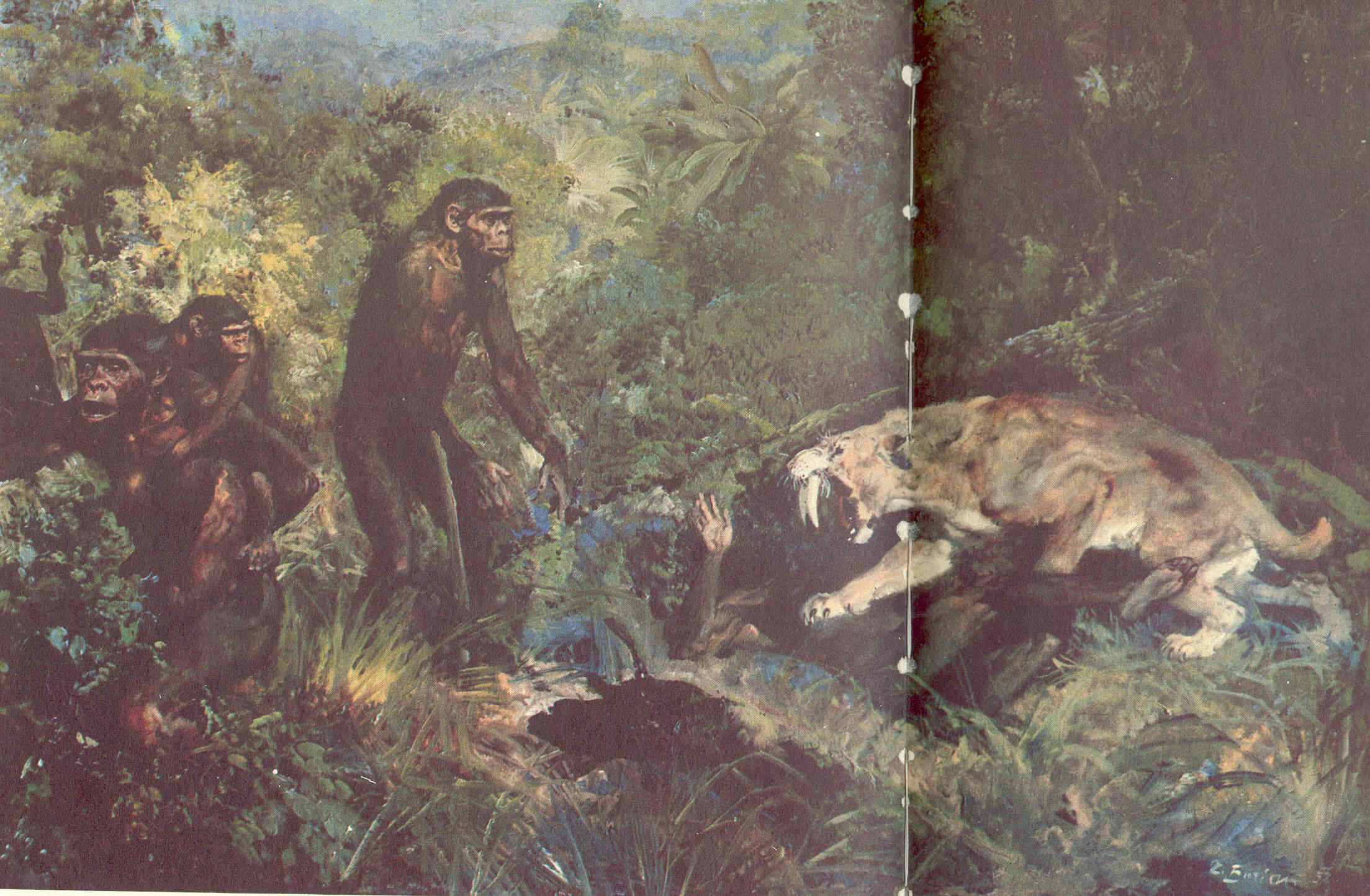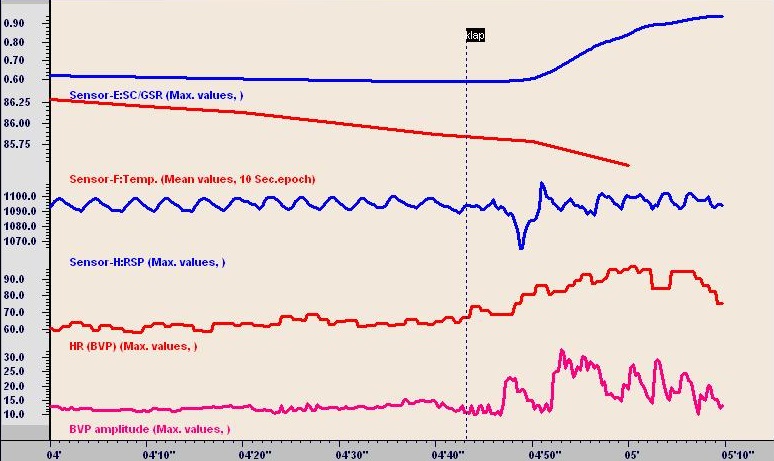As mentioned in an earlier post about this subject: there is no easy way, just like there is no easy way or shortcut in improving physical toughness or conditioning. There is no pill, no shortcut, no magic exercise or no simple trick to do it. Improving performance is hard and smart work!
How to unravel the main components of mentally toughness?
Let’s get out of the box and think a bit different here. Let me ask this question: when is somebody not mentally tough? In my opinion the answer is: when he or she does not act adequately to a challenging situation or to challenging circumstances, no matter what these might be, a sports competition, an ambush in Afghanistan or meeting some harsher demand in daily life.
Chances are that people dealing with a problem or challenge for the very first time in their life, will be acting differently and, I assume, less adequately than people who have handled that situation many times before. We are not talking absolute guarantees here, we are talking probabilities. The key factors are education, experience, training and practice!
We are mentally tougher, getting into a car and driving away now than we were during our first driving lesson.
Why? Like I stated, we are more experienced now, which gives us the advantage of knowing what is going to happen and we can predict and anticipate the future. We exactly know how a car responds when we step on the accelerator or turn the wheel, so experience decreases uncertainty and gives us control over future events. We know what to expect, we can anticipate, predict and mentally prepare, now we can have a plan.
The factor uncertainty also explains why mentally and physically tough people still can lose.
They can be surprised by having no time to anticipate adequately; this is the element of surprise in tactical situations. So even if you are mentally tough, you can be caught off guard and beaten by surprise.
But you will always find people who are very hard to surprise, or who felt intuitively something was coming or who had a very fast response to the surprise. But we learned not to rely on our gut feelings, our intuition or our primitive instinct, while these are the factors why I can write this and you can read this right now.
Otherwise our ancestors would have been caught by surprise a long time ago. Great insight in their immediate environment, sharp reflexes, and relying or their intuition allowed them to escape a great many natural and man-made threats.

These days we can even afford not to rely on our gut feelings or instinct thanks to policemen, burglar alarms, or good weapons to react from a distance.
But it does not finish here: right this moment somebody sneaks up on you and makes a very loud noise behind your back. I bet your muscles are contracting, your heart rate shoots up, your breathing stops for a moment, your pupils get larger, some blood leaves your skin (you turn pale) and you start to sweat. Don’t worry, this is an unconscious life-saving response, generated by the autonomic nervous system with its main neurotransmitter dopamine. The dopamine is converted into adrenalin or epinephrine, the famous “fight-or-flight” response. It has to be unconscious, because if all these vital, synchronized actions would have been controlled by our rational, conscious brain it would have been way too slow. “Very cool” people who state that they don’t have these reactions, have either been lying to you or have never measured it. I did, many times.

Truth must be told some people are always “cooler” than others and this is the result of genetic influences.
The “warrior” gene.
First of all the expression “warrior gene” is wrong, for several reasons. It starts with the fact that the ability to handle stress or adrenaline, is controlled by more genes than just one. Also: the “warrior gene” has little to do with “war”, because we find it more frequently in peaceful monks than in so called “warriors”. Besides that, the possession of the warrior variant of that gene makes you have some qualities that are less attractive in combat.
The main effect of the enzymes produced by the “warrior gene” is to metabolize adrenalin.
To put it simple: people who have the “warrior gene” variant have a relatively low baseline adrenalin level, people who do not have this gene variant have a relatively higher baseline adrenalin level, because these enzymes are less active, so they have more adrenaline floating in their systems.
In case of a challenge, a surprise, a threat or some other form of stressor, the adrenaline level increases fast and unconsciously like explained above.
Now performance is dependent on the level of adrenaline and there is an optimum here, the well-known Yerkes-Dodson rule or inverted-U-curve. See the graph below.
And here is the main point: people who have a relatively low baseline adrenalin level will get closer to that optimum adrenalin level where they will be sharp, fast and strong. (blue to green dot symbol)
People with relatively high adrenalin levels will, when challenged, produce extra adrenalin and end up at the right hand side of the curve. They have a higher probability of displaying all the problems that come with excess adrenalin: they choke and show a less adequate behavior in this situation! (blue to green star symbol)
- Stress levels and the warrior gene
Well this makes the improvement of mental toughness relatively easy:
1. Expose your client, student or athlete to specific challenges, related to the tasks that he/she can expect. This is a matter of repetition: the people getting in a car for the very first time, only in very rare cases pass the driving exam.
2. Expose them also to a wider range of challenges, even if those challenges might never happen.
3. Prepare the unexpected, build in surprise so a certain kind of positive indifference is created.
4. Understand that, based on the above, not everybody responds the same to the same challenge. Different adrenaline levels might still result in the same adequate behavior. Some people always need more pressure in order to perform well, some of them need less pressure, more reassurance and self-confidence.
Limited bibliography:
De Becker, G.A: The gift of fear; Dell Books, New York, 1997.
Katkin, E.S; Wiens, S; Ohman, A: Nonconscious fear conditioning, visceral perception and the development of gut feelings; Psychological Science; Vol.12, No5, 2001, pg.366-370.

Henk, excellent post as always. Based on your premise laid out, could another method of building mental toughness be to reduce the baseline adrenaline?
This is probably easier said than done, but seeing some of the research on mindful meditation affecting epigenetic expression, as well as down regulating many inflammatory markers, is it too much of a stretch to say it may be able to have the affect I propose?
This then brings up the cause or effect argument of the “warrior gene” being found more in monks, did they choose that path because of lower baseline adrenaline or did that path and its peaceful meditative existence cause and epigenetic change and cause lower baseline adrenaline?
Hello Paul, yes, absolutely, and reading my last post, you could apply the 7 questions to the production of adrenalin as well and than you get all the answers. Adrenalin is not our enemy, basically its free and legal doping. Adrenalin level is not directly related to the outcome of the action, it depends what is optimal for the person performing. But this is something which seems to be very hard to understand for most people. They tend to think linear: low adrenalin is OK, the person is “cool”, or high adrenaline is good, well it depends on what is optimal for that person, there is no absolute general optimal value here!
In my concept I have two roads: one – teach how to exert control over you levels of adrenaline at all times, produce little when not necessary, and produce optimal when appropriate (this is self-regulation). Meditation or mindfulness might help in here, but mainly to decrease baseline levels (which is still important let’s say 20 hours a day anyway. But also work on the other end of the spectrum: teaching to produce a lot of adrenalin too.
And two – you cannot always control your level of adrenalin fast enough in case of something unexpected happening or beyond your control. In that case you need to learn to “swim in the sea of adrenalin” and not drown in it. This focuses on the need to repeatedly expose athletes/operators to high level of adrenalin in a specific context (like reality-based training) or some overwhelming general challenge outside of their specific context but still demanding to maintain a high level of efficiency performing the task you ask.
Low baseline adrenaline can be related, albeit indirectly, to high baseline HRV (low sympathetic and high vagal tone). A low vagal tone compromises recovery. All of this is well founded in solid science, it just takes a lot of time for me to write everything down, but here is at least a hint:
Weber, C.S; Thayer, J.F; Rudat, M; Wirtz, P.H; et.al: Low vagal tone is associated with impaired post stress recovery of cardiovascular, endocrine, and immune markers; Eur.J.Appl.Physiol. Vol.109, 2010, pg.201-211.
Henk, if I am reading this right…experience and manage different adrenaline levels during reality based training is what makes you ‘tough’ in that realm of training.
The more I get used to adrenaline levels, the better prepared, I get used to it.
I like to use the tools of positive self talk, tactical breathing and visualization to overcome to much adrenaline.
Stimulating neocortex by selftalk has also effect on lowering amygdala activiation I recently read.
Can we turn the picture around: if whe use a set of mental tools (like the one I listed) … Can we than not handle a lot of different stressors?